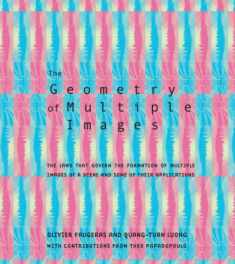
Three-Dimensional Computer Vision (Artificial Intelligence)
Book details
Summary
Description
This monograph by one of the world's leading vision researchers provides a thorough, mathematically rigorous exposition of a broad and vital area in computer vision: the problems and techniques related to three-dimensional (stereo) vision and motion. The emphasis is on using geometry to solve problems in stereo and motion, with examples from navigation and object recognition. Faugeras takes up such important problems in computer vision as projective geometry, camera calibration, edge detection, stereo vision (with many examples on real images), different kinds of representations and transformations (especially 3-D rotations), uncertainty and methods of addressing it, and object representation and recognition. His theoretical account is illustrated with the results of actual working programs.Three-Dimensional Computer Vision proposes solutions to problems arising from a specific robotics scenario in which a system must perceive and act. Moving about an unknown environment, the system has to avoid static and mobile obstacles, build models of objects and places in order to be able to recognize and locate them, and characterize its own motion and that of moving objects, by providing descriptions of the corresponding three-dimensional motions. The ideas generated, however, can be used indifferent settings, resulting in a general book on computer vision that reveals the fascinating relationship of three-dimensional geometry and the imaging process.


We would LOVE it if you could help us and other readers by reviewing the book
Book review




